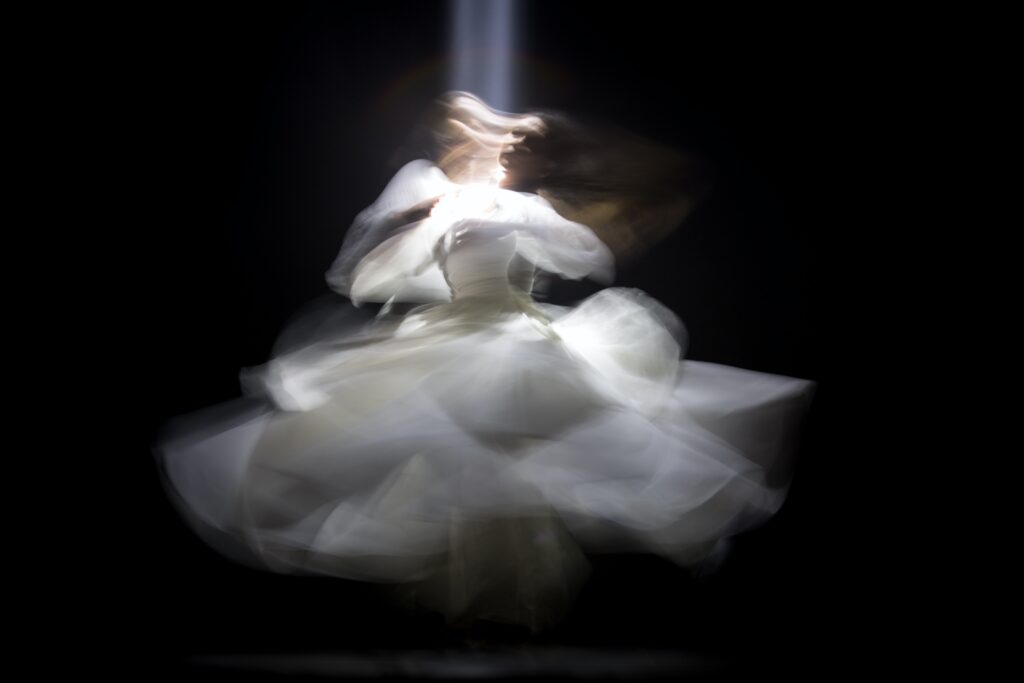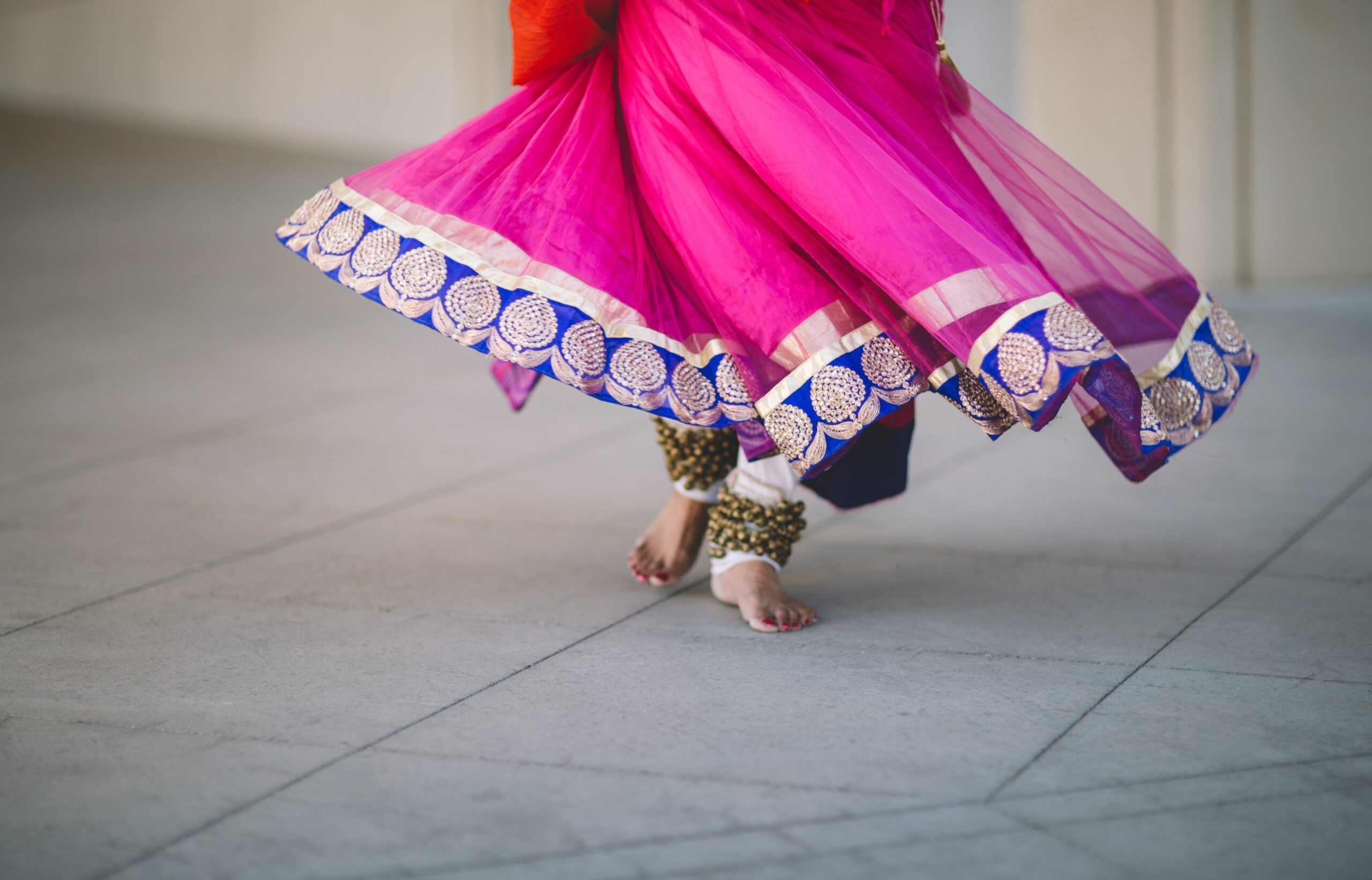Belly dancing is a fun and expressive form of dance that has roots in the Middle East and North Africa. It involves rhythmic movements focused on isolations of the torso, hips, and chest. Many myths and misconceptions exist around belly dancing, including the idea that you need a protruding belly or large waist to properly execute the dance. But the truth is, belly dancing is an art form open to people of all shapes and sizes.
The Origins and History of Belly Dance
To understand belly dancing and who can practice it, it helps to examine the history and evolution of the dance form. Belly dancing likely originated as a folk dance and evolved differently across regions. Some of the traditional styles of belly dance include:
- Raqs Sharqi – Originating in Egypt, Raqs Sharqi, the mesmerizing belly dance style originating in Egypt, involves fluid hip circles and articulated torso movements.
- Traditional Belly Dance – Coming from Turkey and the Middle East, traditional belly dance incorporates veils and finger cymbals into complex movements.
- Cappadocia Belly Dance – Born in the Cappadocia region of Turkey, this style uses intricate hand and arm motions along with undulations.
- Belly Dance in Greece – Greek belly dance focuses on solemn, graceful movements and exudes elegant energy.
The origins of belly dancing are ancient, with depictions found in tombs and temples across North Africa and the Middle East dating back thousands of years. The dance was likely born as a celebration of femininity and womanhood. Traditionally performed by women for women, belly dancing allowed feminine creative expression in cultures with strict gender norms.
The dancers who created and performed these early styles of belly dance came from all backgrounds and body types. There was no requirement to have a large midsection or belly. It was simply women moving in ways that felt natural, expressive, and embodied.
Debunking the Belly Myth

One of the most persistent myths about belly dancing is that you must have ample belly fat or a thick waist to execute the isolations and shimmies properly. But nothing could be further from the truth.
Belly dancing relies on control and articulation of the torso muscles like the abdominals, intercostals, and serratus. Having strong, toned core and trunk muscles gives a dancer more versatility and stamina for movements. While belly fat may visibly shake and undulate during dancing, it is not required whatsoever to belly dance beautifully.
As evidence against the belly myth, we can look at the wide range of professional belly dancers through history and today:
- Fifi Abdou, one of Egypt’s most celebrated dancers, is slim and toned.
- The iconic Lebanese-American dancer and instructor Jamila Salimpour had an athletic build.
- Many of today’s top dancers like Sofia maintain their fitness through regular conditioning and exercise.
- Even pop star Shakira, famous for her skilled belly dancing moves, has a fit stomach and defined waist.
The reality is a flat or toned stomach often allows for more controlled, intricate movements and faster shimmies. Having less belly fat to hold means the muscles can contract and release more quickly. But a developed midsection is by no means mandatory. The belly dancing technique relies much more on muscular strength, coordination, and rhythm than any specific body type.
Who Can Learn and Practice Belly Dance?
The myths about needing a large belly or waist to properly execute belly dance movements simply don’t hold up. But who can actually participate in and enjoy this beautiful art form?
The truth is belly dancing is an accessible and welcoming dance style for people across ages, genders, sizes, and abilities. Here are just some of the diverse groups embracing belly dance:
Women
- Pregnant women – The gentle yet energizing motions of belly dance provide exercise and help prepare the body for childbirth.
- Senior women – Belly dancing builds balance, strength, and joint stability in older bodies while unleashing confidence and sensuality.
- Plus-sized women – With focused practice, larger women can master fluid belly dance moves that celebrate their curves.
- Teen girls – Belly dancing provides an empowering outlet for self-expression during the formative teen years.
Men
- Male belly dancers are gaining recognition, using muscular isolations and athletic styles to artfully interpret the dance.
- Fathers and sons can learn belly dancing together as a fun bonding experience.
- Male instructors teach enthusiastic students of all backgrounds.
Children
- Belly dancing teaches kids coordination and body awareness through play.
- Simple belly dance moves help develop gross motor skills, spatial awareness, and musicality.
- Boys and girls alike can explore dance and creative movement.
Seniors
- The low-impact but deliberate motions of belly dancing provide seniors with a moderate exercise routine.
- Dance classes offer social interaction and community for older adults.
- Belly dance helps seniors maintain or regain fluidity, balance, and range of motion.
Beginners of All Ages

From middle school kids to retirees, belly dancing appeals to novice dancers thanks to:
- Classes tailored specifically to belly dance beginners introduce basic techniques
- Supportive and encouraging belly dance instructors
- Step-by-step breakdowns of movements and combinations
- Upbeat and motivational belly dance music
The Many Benefits of Belly Dancing
Beyond being an enjoyable art and form of self-expression, regular belly dancing offers numerous physical, mental, and emotional benefits. The dance provides an appealing exercise option for people focused on their health and well-being.
Physical Benefits
- Core conditioning to sculpt and strengthen abdominal muscles
- Aerobic activity to elevate heart rate and improve cardiovascular fitness
- Increased hip and pelvic mobility through rhythmic undulations
- Posture and body awareness development
- Muscular toning and definition, especially in the abs, glutes, and thighs
- Enhanced balance, spatial awareness, and coordination
Belly dancing can be adapted as a full belly dance workout including cardio, strength training, and stretching elements. Many enthusiasts credit belly dancing for weight loss and an improved, streamlined physique. But losing weight is not a requirement to take up belly dancing. People of all sizes can activate and challenge their bodies through dance.
Mental and Emotional Benefits
In addition to the physical perks, belly dancing offers many mental and emotional boosts:
- Boosted confidence and body image from learning graceful, feminine moves
- Creative fulfillment and a means of artistic self-expression
- Stress relief and mood-lifting effects from dancing and exercise
- A fun social and community activity to build connections
- Opportunity to tap into sensuality and femininity in a safe environment
The soothing yet energizing dance provides a practical outlet for relaxation, joy, and freedom of movement.
For those who may be uncomfortable with their bodies, belly dancing helps shift focus to what the body can do rather than how it looks. Rather than hiding under baggy clothes, dancers celebrate and move their bodies with purpose and pride. This mindset empowers all who attempt the hypnotic belly dance moves.
Finding Belly Dance Classes and Instruction
If you want to experience the pleasures and benefits of belly dancing for yourself, finding quality dance classes and instruction is key. Here are some tips for getting started:
- Look for trusted local belly dance instructors at dance studios or community centers. Experienced teachers create a welcoming, non-judgmental environment.
- Seek out classes specifically for belly dance beginners. Beginner sessions cover belly dance foundations at a comfortable pace.
- Try both group belly dance classes and private belly dance lessons. Group classes offer camaraderie, while private instruction provides personalized attention.
- Make sure instructors use proper technique and cue alignment for injury prevention. Authentic belly dance music also boosts the experience.
- Once you’ve grasped the basics, join mixed-level classes to continue growing your skills and confidence. Advanced dancers inspire newcomers.
With dedicated practice under a qualified teacher, students of all ages, body types, and backgrounds can master beautiful belly dance techniques.
What to Wear and Proper Attire
To fully participate in belly dancing, having appropriate dancewear helps dancers move and groove freely. Recommended attire includes:
- Form-fitting yoga pants, leggings, or harem pants allow free hip and leg motion
- Closely fitted tank tops, camisoles, or sports bras that keep the torso supported
- Bare feet or belly dance shoes like ballet slippers for optimal floor grip
- Stretchy dance skirts, scarves, or chiffon veils to accentuate hip movements (optional)
- Coin belts around the hips to add auditory rhythm (optional)
Avoid baggy t-shirts or clothes that obscure the body alignment instructors need to see for coaching. Accessorize as desired with belly dance costumes once class basics are mastered. Remember, any dancer of any size or shape can wear figure-hugging belly dance outfits with grace and confidence.
Essential Belly Dance Moves and Technique
Under the guidance of a belly dance instructor, new students will progress through foundational belly dance movements and combinations. Core moves to expect in beginner belly dance classes include:
Isolations
- Rib cage lifts and drops
- Pelvic tilts forward and back, side to side
- Shoulder shimmies (up and down)
- Hip lifts and drops
- Head slides side to side
Undulations
- Vertical undulation (up and down)
- Horizontal undulation (sideways)
- Snake arms
- Hip circles
Steps and Turns
- Grapevine step (side cross step)
- Maya (step together step)
- Chasse (side step together)
- Hip drops
- Turns and spins
Solo belly dance combines these foundation steps with layered upper and lower body movements into complex combinations. Dancers must learn isolation and coordination of muscle groups for proper technique. A slim waist or protruding belly does not substitute for acquired skill.
With regular classes and persistent self-practice, students gradually refine their form, stamina, and expression. Group belly dance builds confidence to share this enchanting art with others.
Preparing the Body for Belly Dance
To sustain continual improvement, preparing the body for the unique demands of belly dancing is recommended. Useful conditioning exercises include:
- Core strengthening – Planks, Pilates moves, and ab work builds essential core stability.
- The hip opening stretches – Yoga poses like pigeon pose, frog pose, and wide-legged forward folds improve hip flexibility.
- Cardio training – Running, cycling, swimming, or HIIT sessions develop stamina for dance endurance.
- Postural exercises – Shoulder and thoracic stretches counteract rounded shoulders and tight chests from sitting.
Cross-training will complement your belly dance practice and boost versatility. However, those new to exercise can ease in gently; belly dance itself provides a full-body workout.
Proper belly dance nutrition is also key for maintaining energy levels. Fuel up on protein, healthy fats, complex carbs, and plenty of water.
Belly Dance Fashion, Costumes, and Accessories
Part of the attraction of belly dancing is the exotic, glamorous costumes and accessories that complete the look. Once you’ve built up your skills in class, you can start to assemble show-stopping belly dance attire such as:
- Bedlah – The iconic two-piece belly dancing costume including a bra, belt, and flowing skirt or harem pants.
- Choli top – Decorated crop tops that complement the hips and waist.
- Silky skirts and veils – Swirling skirts and veils accentuate spins and highlight technique.
- Coins and tassels – Strategically placed coins on hips and tassels on cholis provide mesmerizing visual and auditory accents.
- Belly dance shoes – Barefoot or shoes like ballet slippers allow pointed toes and floor grip.
- Belly dancer hairstyles – Braids, buns, flowers, and headbands create a dramatic finished look.
Play with glitzy materials, vibrant colors, and extensive accessories to design a personalized belly dance wardrobe. Costumes should complement your body shape, not hide or restrict movement.
Performing Belly Dance
After many classes developing proper technique and expression, many dedicated belly dancers itch to perform for an audience beyond the studio. Performance opportunities include:
- Student showcases hosted by local dance studios
- Community multicultural events and ethnic festivals
- Themed belly dance nights at restaurants, bars, or clubs
- Paid gigs like weddings, corporate parties, and theatrical productions
- Flash mobs staged in busy public spaces
- YouTube videos and online tutorials
More introverted dancers can still delight in learning belly dancing without ever stepping on stage. Others may start small with low-pressure recitals for friends and family. Performance requires confidence, which builds gradually through positive dance experiences. With practice and patience, students can unleash their inner star.
Belly Dancing Welcomes All
Despite outdated myths about belly dance body requirements, the truth is anyone can learn, practice, and love this hypnotic dance form. A developed midsection or rounded belly does not determine ability. Belly dancing relies on learned technique and muscle control. Students of all ages, fitness levels, genders, and body shapes can master the shimmies, undulations, and isolations. And have fun doing it!
Proper instruction and dedication to training are key. But a welcoming belly dance community encourages newcomers of all backgrounds. Drop-in beginner classes offer a judgment-free way to explore foundational movements and styles. Belly dancing will challenge your body and mind while building confidence, community, and creative expression. The benefits can be life-changing. Why not give it a try?
